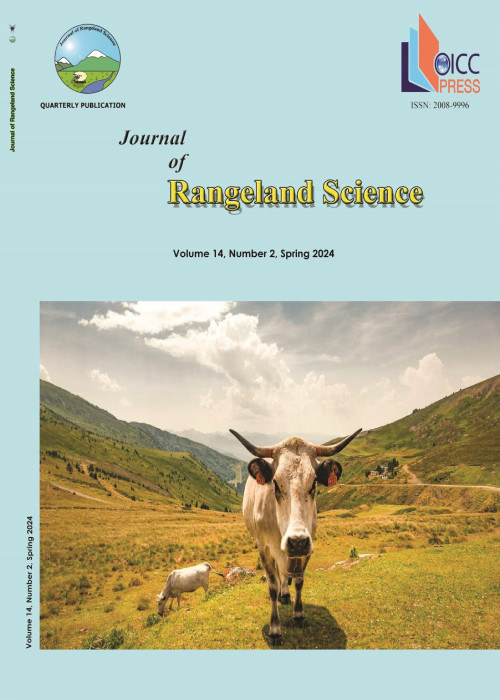Study of Diversity for Yield and Quality Traits in Alfalfa (Medicago sativa L.) and Determination of the Best Population for Cultivation in Dryland Farming in Iran
Alfalfa (Medicago sativa L.) is one of the most important forage crops, the so-called queen of forage plants, duo to its good quality, high digestibility, and its adaptability to different climates. In this study, 51 alfalfa populations were provided from the Research Institute of the Forests and Rangelands Gene Bank, Tehran, Iran. Seeds were sown based on an augmented design using six control genotypes in the agriculture and natural resources research center, Kermanshah, Iran in 2017. In the flowering stage, plants were cut and forage yield and chemical, quantitative and morphological traits were measured in all of 51 entries. Data were analyzed for descriptive statistics, correlation, factor analysis and cluster analysis. The Result of analysis of variance revealed no significant differences among replications (for replicated genotypes) for all traits except shoot height, leaves/stems, calcium, potassium, and total ash. The results of means comparison showed a significant variation between genotypes for the most studied traits. The highest and lowest forage yield with average values of 10089 and 1824 kg/h was obtained in Sharab-Urmia (Es-053) and Torbati1 (Es-032), respectively. The high protein content with average values of 19.46% was obtained in Sirjan1 (Es-026). Forage yield was positively correlated with stem number (r=0.50**), leaf weight (r=0.95**) and shoot weight (r=0.92**). Cluster analysis Ward method classified all alfalfa based on the all traits into four clusters. Populations in cluster 4 had higher overall mean values for both yield and quality traits. According to the Principle component analysis (PCA), the four components, namely the quality, yield, plant height and Mg+Zn components account for 40, 20, 10 and 7% (In total 77%) of data variance, respectively. The 5 top genotypes as FAO 1 (KR-3003), Cody 2 (Es-058), Italy 2 (Es-75), Kazagi2 (KR-615) and Mashhad 2 (Es-067) were recommended for improved breeding synthetic variety.
- حق عضویت دریافتی صرف حمایت از نشریات عضو و نگهداری، تکمیل و توسعه مگیران میشود.
- پرداخت حق اشتراک و دانلود مقالات اجازه بازنشر آن در سایر رسانههای چاپی و دیجیتال را به کاربر نمیدهد.



